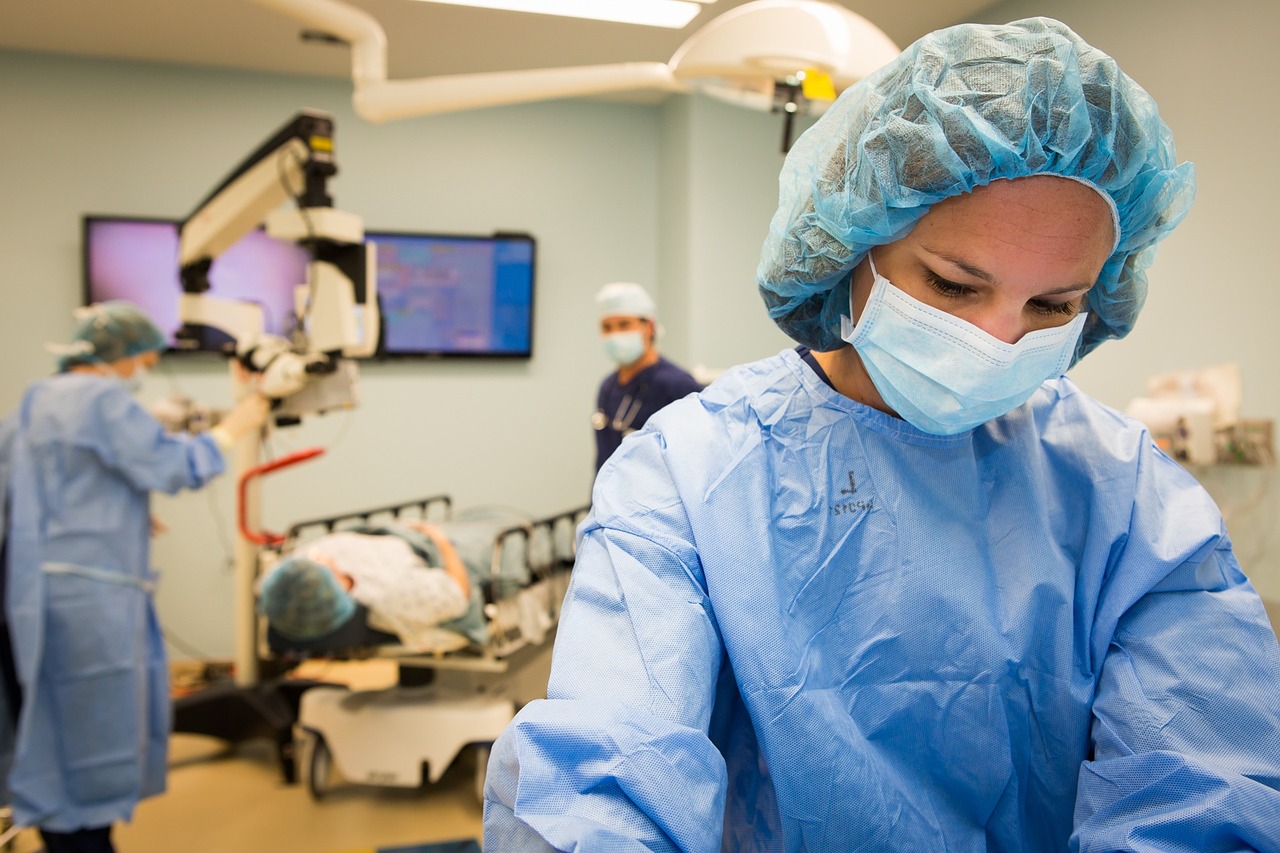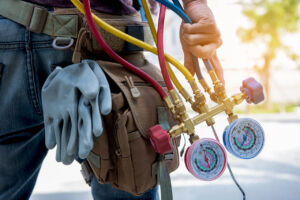All nurses are professional caregivers, but their titles, responsibilities, and job descriptions differ based on their training. Vocational nurses and LPNs play a critical role in the healthcare system, serving as bedside caregivers in a broad range of healthcare settings.
What is the Difference Between a Vocational Nurse and an LPN?
The only difference between licensed vocational nurses (LVNs) and licensed practical nurses (LPNs) is where they live. In most states, vocational nurses are called LPNs. California and Texas use the term Licensed Vocational Nurse.
A vocational nurse’s scope of practice varies by state, but their title has less impact on their role than regulations. Each state’s board of nursing sets professional guidelines and educational requirements, so there’s some variability regardless of the terminology used. Practically speaking, the terms LPN and LVN can be used interchangeably.
What Does a Vocational Nurse Do?
Vocational nurses provide basic nursing care under the supervision of a registered nurse (RN) or physician. Some of their many job responsibilities include:
Assisting with Activities of Daily Living
Activities of daily living (ADLs), bathing, toileting, dressing and eating, are essential self-care responsibilities. Practical nurses assess patients’ level of independence and provide physical assistance as needed. In a home setting, ADL care may include homemaking and transportation.
Facilitating Mobility
Practical nurses help keep patients on their feet by maintaining a safe care environment and managing mobility aids, such as walkers and wheelchairs. When patients are immobile, they facilitate frequent position changes with lifts and transfer devices to promote adequate circulation to the skin and lungs.
Monitoring Vital Signs
Vital signs, temperature, heart rate, blood pressure, respiratory rate, and oxygen saturation level, provide valuable information about a person’s health status. As a practical nurse, you’ll monitor patients’ vital signs and keep healthcare providers informed so they can respond to changes in condition.
Administering Medications
Practical nurses administer medications as prescribed by a qualified healthcare provider. You’ll play a crucial role in helping patients take medications safely by providing education, monitoring for potential side effects, and promoting medication adherence.
Performing Treatments
Vocational nurses are trained to perform basic treatments, including wound care, catheterization, injections, enemas, and tube feedings. You’ll also manage medical equipment, such as ventilators, CPAP devices, and oxygen concentrators.
Providing Emotional Support
Being sick makes patients emotionally vulnerable, a little support goes a long way toward improving health outcomes. Vocational nurses improve patient well-being by helping them cope effectively. Addressing psychosocial needs is proven to reduce stress, improve pain levels and enhance provider-patient communication.
Supervising Paraprofessional Staff
As an LVN, you’ll be part of a team providing bedside care to patients that includes unlicensed nursing, dietary and therapy assistants. You’ll supervise their part in the nursing care plan, ensuring that everyone is working toward a common goal.
Patient Education
Patient education is an important part of nursing practice. You’ll help patients better understand their health conditions, treatment options and self-care strategies, including lifestyle modifications.
Documenting Care
Documentation is a critical part of nursing care for several reasons. First and foremost, it enhances communication between clinicians and improves continuity of care. However, nurses’ notes are also essential for reimbursement and to demonstrate that regulatory guidelines were met. Documentation protects both patients and healthcare providers.
Where Does a Vocational Nurse Work?
Vocational nurses can work anywhere healthcare is provided, but their skills are a better fit for some settings than others. Most school nurses, for example, must be registered nurses by law. And medical assistants have absorbed most of the responsibilities in doctor’s offices.
LVNs typically work at:
Hospitals
Hospitals hire vocational nurses to provide bedside care under the direct supervision of registered nurses. Because patients are sicker, RNs take the lead by assessing patients, creating a plan of care, and managing the most complex clinical tasks. LPNs then take the reins, assisting with personal needs, medication administration and basic treatments. Together, they optimize care.
Clinics
Vocational nurses are a good fit for specialty clinics. The patients are medically stable, so they can manage most clinical and administrative tasks from taking vital signs to health histories. There are many opportunities for vocational nurses in the urgent care, geriatric, and women’s health fields.
Nursing Facilities
An LPN’s skills are a perfect match for nursing homes and assisted living centers where residents need medical supervision but not constant intervention. As American demographics shift, there will be no shortage of patients in need.
Vocational nurses in these settings have the most professional autonomy, managing the bulk of the work from floor and supervisory positions. If you want to spread your wings as an LVN, it’s a golden opportunity.
Home Care
More patients are choosing independence over facility living, so home care is a growing niche for LVNs. With distance supervision, practical nurses can fulfill the needs of people who would otherwise have to live in institutional settings.
Some patients require live-in care. But often, all someone needs is a nurse to fill a pill caddy once a week or monitor vital signs. If you don’t mind having as many social responsibilities as treatments to perform, working for a home health or community service agency is an excellent opportunity for nurses who enjoy making close personal connections with their patients and their families.
Hospices
Hospices care for people with terminal illnesses. While palliative services can be arranged in any setting, most hospice agencies also have a dedicated residence for persons who need round-the-clock nursing support in the last stages of life. Vocational nurses provide companionship while assisting with hygiene, pain management and other comfort measures.
How Do You Become a Vocational Nurse?
You can become a vocational nurse in two simple steps. The first is to graduate from a technical school LVN program. Generally, all you need to enroll is a high school diploma or an equivalent certificate. Full-time students graduate in about a year, ready to take the NCLEX-PN, the nationally recognized licensing exam.
A professional license is required in all 50 states to work as a nurse, but vocational school programs are comprehensive and cover NCLEX-PN test topics. You couldn’t be in better hands.
And CyberTex offer perks, including career services. By working with local healthcare facilities to fill their staffing needs, CyberTex becomes their go-to source for qualified applicants. You’ll be in the right place at the right time when the best jobs become available.
Final Thoughts
Vocational nurses are essential members of the healthcare team who play a vital role in delivering quality patient care. They’re heroes by any other name.
Licensed Vocational Nurse
Classes for the Vocational Nursing program are conducted in a student-friendly atmosphere conveniently located in Austin, Texas. After graduating from the Licensed Vocational Nursing program, students can apply to take the National Council Licensure Examination for Practical Nurses (NCLEX-PN), become a Licensed Vocational Nurse (LVN), and start their exciting new career immediately.
Contact us today to learn more about our CyberTex campuses.





